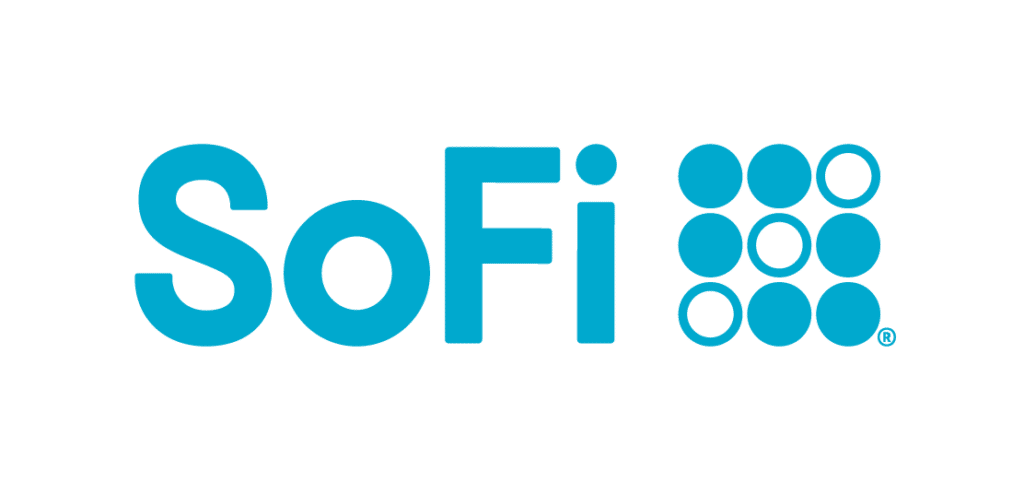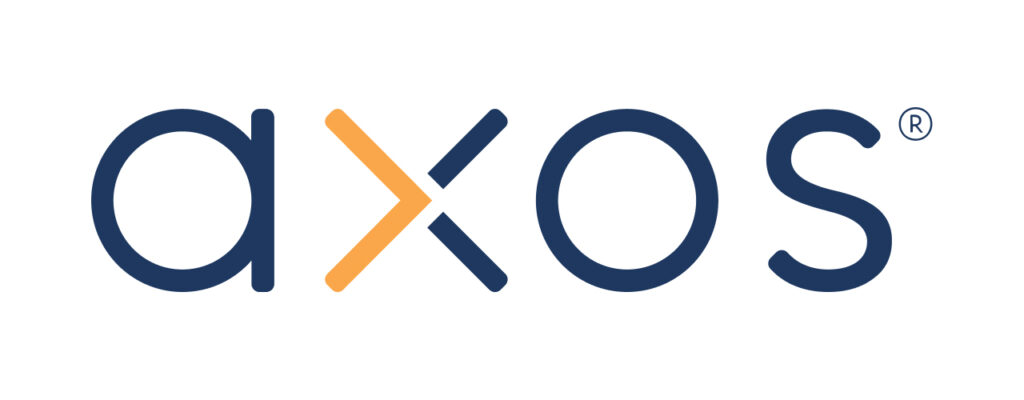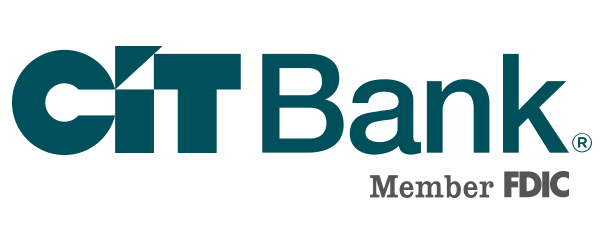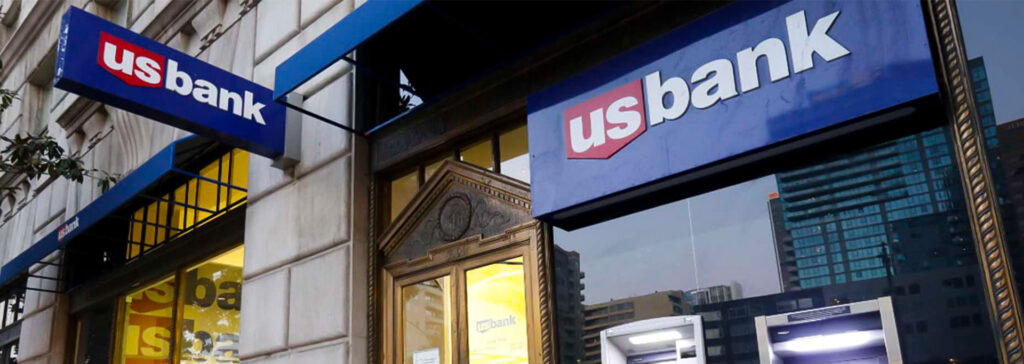*Synchrony Bank High-Yield Savings Account Disclosure: Annual Percentage Yield (APY) is subject to change at any time without notice. Offer applies to personal accounts only. Fees may reduce earnings. For High Yield Savings accounts, the rate may change after the account is opened. Visit synchrony.com/banking for current rates, terms and account requirements. Member FDIC.
- Bonus: Up to $300 with direct deposit
- APY: Up to 3.80% (direct deposit, minimum monthly deposit or monthly SoFi Plus subscription fee payment required)
- Monthly Fees: None
- Minimum Balance Requirement: None









